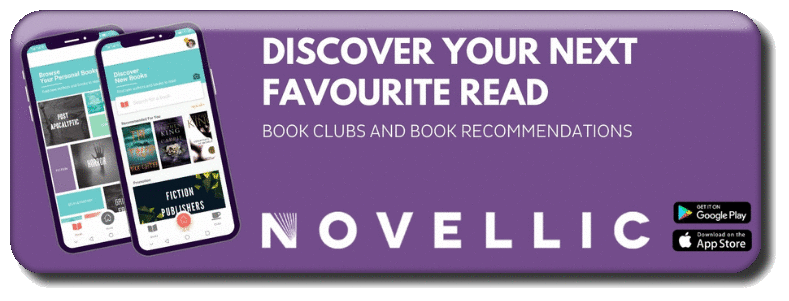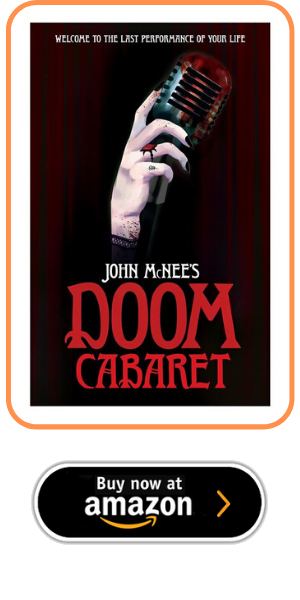Nosetouch Press to Release a Second Coy Hall Novel, The Hangman Feeds the Jackal: A Gothic Western
31/1/2022
Nosetouch Press is proud to announce it’s publishing The Hangman Feeds the Jackal: A Gothic Western by author Coy Hall. “Coy’s excellent work has turned up in several earlier Nosetouch Press collections, including the highly regarded Fiends in the Furrows anthologies and The Grimoire of the Four Impostors,” said David Neal, co-publisher of Nosetouch Press, referring to the two-volume folk horror anthology that has been mentioned in the Guardian and several short stories of which have turned up in Best of Horror Fiction compilations. “We’re really happy to feature this novel. He’s a great writer with a distinctive vision and literary style that delivers.” A resident of Huntington, West Virginia, Hall is an associate professor with a Master of Arts in History—including early American history—an academic background that served him well in the crafting of this book. “A fascination with history is behind all my fiction,” Hall said. “The American West, being a mix of mythology and history, is a subject I’ve taught for many years. Fiction allows me to explore it on an emotional level.” “While Nosetouch Press has been focused on Horror, Folk Horror, Science Fiction, and Fantasy titles for the past decade, we found Coy’s Gothic Western concept intriguing enough to add it to our roster of unforgettable speculative fiction books,” said Christine Scott, co-publisher of Nosetouch Press. “The Gothic and Western genres blend so well because they explore similar themes,” said Hall. “I’m confronting mythology head-on with this novel.” Nosetouch Press is an independent book publisher tandemly based in Chicago and Pittsburgh, with a commitment to bringing classical book design and excellent fiction to readers everywhere. The Hangman Feeds the Jackal will be available June 14, 2022, in paperback and ebook formats. https://www.nosetouchpress.com/project/the-hangman-feeds-the-jackal-coy-hall/ TODAY ON THE GINGER NUTS OF HORROR WEBSITE BOOK REVIEW: BACK FROM THE DEAD BY CM SAUNDERSTHE STORY THAT TERRIFIED ME AS A CHILD AND ULTIMATELY HELPED MAKE ME THE WRITER I AM TODAY BY MATT WESOLOWSKITHE HEART AND SOUL OF HORROR FEATURES Every year, on Christmas morning when I was a kid, I would find a mystery story tape in my stocking. I was about seven or eight years old and this was the late ‘80s so the tapes were invariably the result of my parents' piracy from the local library, complete with home-made covers. I had an early penchant for the macabre and my dad would cut out creepy pictures he found in the newspaper and glue them to the front cover of my mystery story tape. This provided a wonderful sense of intrigue, especially as the only other clue about the tape's contents was the title written in lurid, green pen. Nothing else; what awaited me was always a spine-tingling secret. Christmas being the time for ghost stories of course, I always listened to my tapes straight away, (quietly at about 4am) and then countless times afterwards in my bedroom, on my own (I wasn't a particularly social child). These story tapes left a lasting impression on me to this day. I want to share my thoughts on one of these stories that stayed with me and helped give me a love for horror and the desire to write my own fiction. I've not heard or read any of these stories for 30 years, yet many of them still haunt me, snagged in some dark, crooked place in my mind.  The book in question was 'Ghostly Companions' by the late Vivien Alcock, published in 1984. The stories in this volume were very English, all of them set in Britain with a succinctly unnerving vibe. None of them were out and out ghost stories, more like modern folk tales or perhaps child-friendly weird fiction with less cosmic emptiness. There were a few that really stood out in this collection and I'd like to credit them for the effect that they had on me. But one still lingers today and looking back and actually re-reading it, I can see how much of an influence it was on my own writing. 'Siren Song' was the story's title. It was definitely ahead of its time; combining found-footage with folk horror. It's quite obvious now to see how far this story went in influencing my 'Six Stories' series. 'Siren Song' is written as a transcript; a little boy's tape-recorder diary where he documents strange goings on in little village where his family has just moved. Already there's distinct eldritch atmosphere from the outset and what I love most about Alcock's writing is its chilling simplicity. "My name is Roger Kent. I am eleven years old. I want to get this down in case anything happens to me." This is horror at its finest, perfect foreshadowing, and perfectly relatable. Back then, home-recording on a blank C90 was all the rage. As the story goes on, Roger Kent laments the 'hungry look the adults of the village give to him, building the suspense beautifully with his own innocent introspection. "D’you know why gerbils sometimes eat their own babies? It’s because they’re afraid they’re in danger, and think they’ll be safer back inside." The layers of horror begin to multiply; the village has no other children and hungry-eyed Mrs. Mason then delivers the seminal warning to Roger. “Never go out at night, whatever sounds you hear!” What an absolute chiller. I can still feel the echo of old goose pimples. I don't want to spoil anything as I implore you to read this book, but of course, Roger begins documenting the strange goings-on at night in the village with the aid of his tape recorder. Midnight arrives. "Listen! Children! I can hear children laughing. I can hear their voices calling softly ..." I think what was so memorable about this story was two things; the first being a profound, if subtle sadness that infused it - this desolate, sad village with its terrified adults and the spectral lure of connection for a lonely little boy with only his tape recorder to talk to. "Listen ..... It was a girl singing alone this time. I’m sure it was a girl. Her voice was so high and sweet and sad, it made me ache." The second is the final line of 'Siren Song’ which is really where the story's power lies. Again, I implore you to read it for yourself. Yes, it's a short, children's story but even now, reading back after so long, it still thrills me and brings back memories of listening again and again, as if trying to decipher meaning or explanation. Alcock, like all masters of storytelling, leaves this with its reader. Looking at reviews online, much criticism has been levelled against Ghostly Companions - the majority seeming to believe that it's not really for children. Perhaps, but that's not necessarily a bad thing. I feel like a lot of the stories in Ghostly Companions were ahead of their time - they had depth and weren't always resolved in a pleasant manner. There were no rounded edges; and many of the other stories carry an air of melancholy, as of course all good ghost stories do. I think what 'Siren Song' taught me was not just about playing with format and voice, but about simplicity and mystery; about leaving the reader with an emotional bruise; something that they'll still carry thirty years later. This story, whilst only short, carries a huge amount of power. Demon: Volume 6 (Six Stories) |
Archives
April 2023
|




















 RSS Feed
RSS Feed

